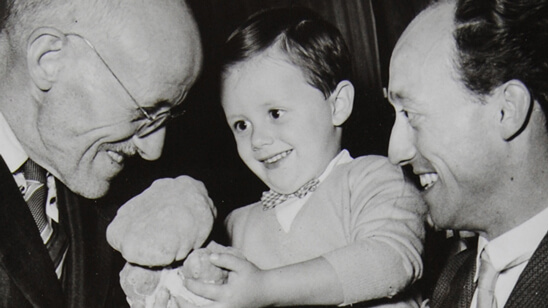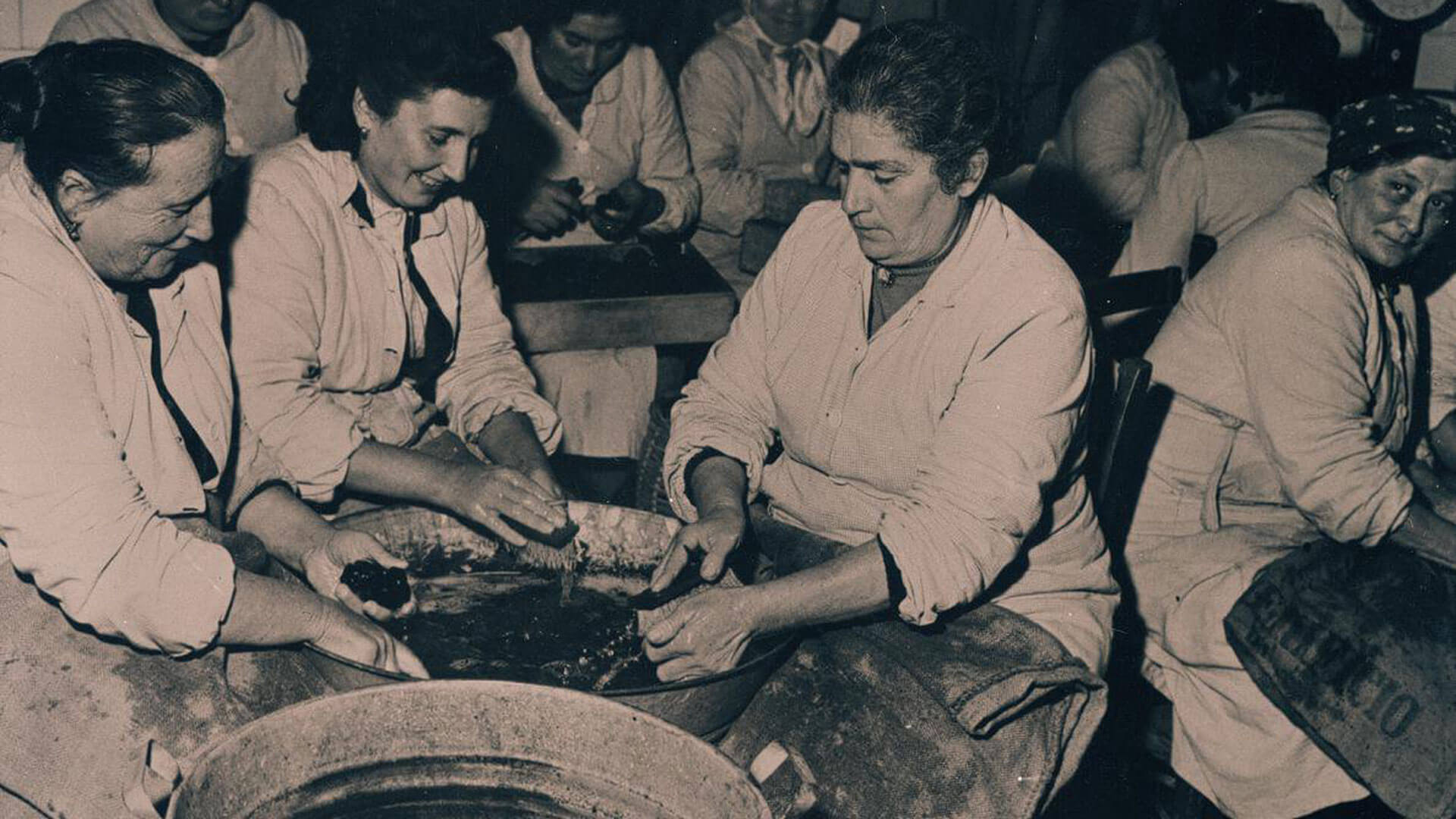The history of truffles
The truffle has very ancient roots.
Researchers have claimed that this rare product of the earth was already known, and eaten, at the time of the Sumerians (mixed with vegetables and pulses) and the Babylonians (fourth to second millennium BC)
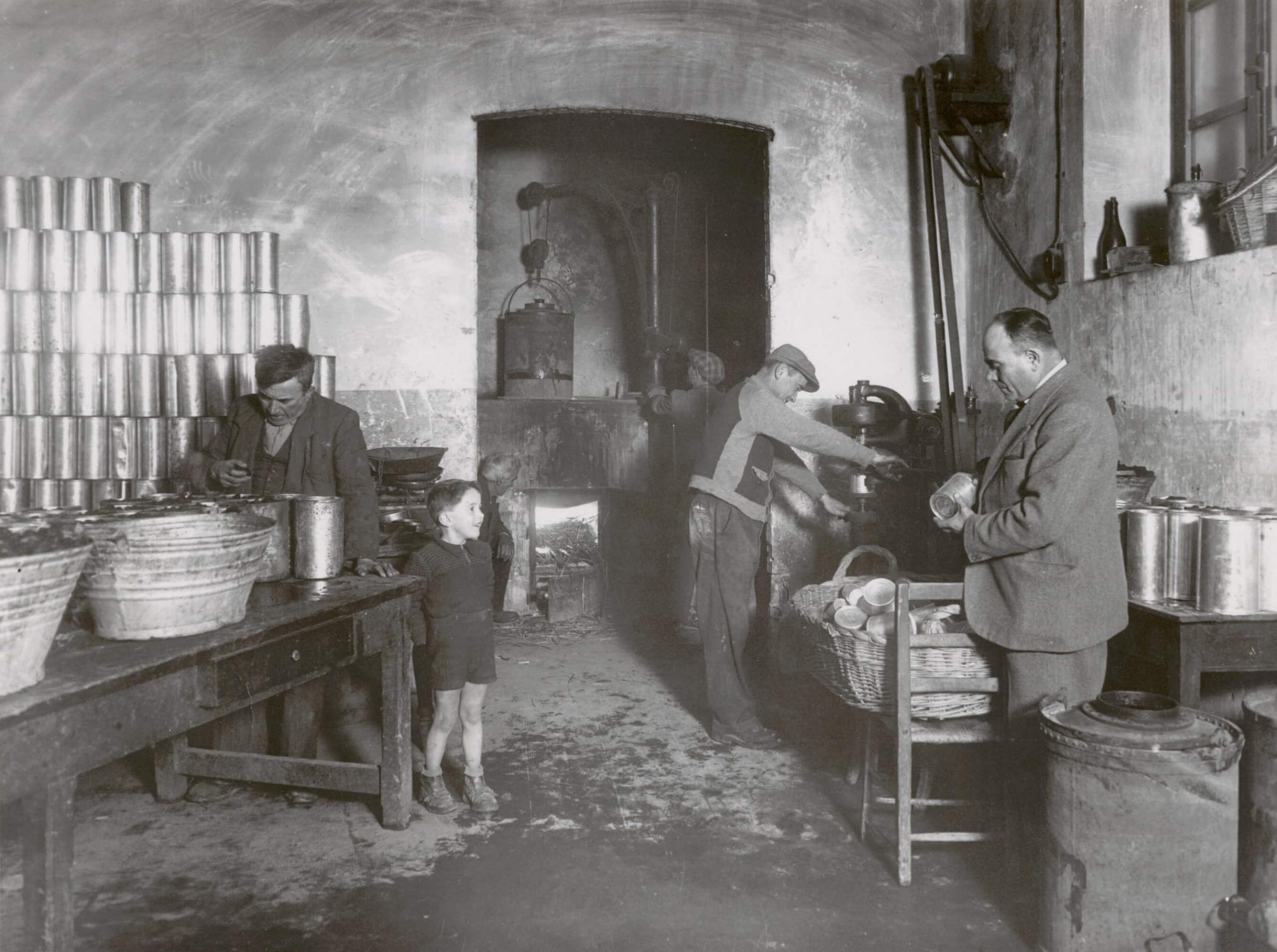
The first real evidence spread around Europe can be found in Naturalis Historia by Pliny the Elder (AD 23-79).
Pliny’s anecdotes show that the truffle, which in Latin is called terrae tuber (growth from the earth) or simply tuber, was very much appreciated by the ancient Romans who had copied its use in cooking from the ancient Etruscans.
The Greeks also used truffles in cooking, as shown by the philosopher Plutarch of Chaeronea who at that time (First Century AD) propagated the idea that the rare and much-prized fungus arose from a combination of natural elements like water, heat and lightning strikes.
The poet Juvenal took his lead from this theory in saying that the truffle originated from a thunder bolt hurled from the father of the Gods, Jupiter, close to an oak tree.
Furthermore, given that Jupiter was famous for his prodigious sexual activity, the truffle was considered to be a great aphrodisiac. That power also lay behind another legend which held that pagans had dedicated the truffle to the goddess Venus.
Despite the fact that truffles were studied by researchers, philosophers and poets, their true origin was never established.
And thus a combination of very limited knowledge together with popular beliefs led people to believe that truffles were a degenerative tumour of the earth, and over the years they were thought to be eaten by witches or the devil.
We lose track of truffles in the Middle Ages until they reappear during the Renaissance, on the table of Catherine de’ Medici and Lucrezia Borgia, and in Europe’s most prestigious banquets.
The first real writing that focused entirely on truffles came from the Umbrian doctor Alfonso Ciccarelli in 1564, the Opusculus de tuberis.
And in the same century, Andrea Cesalpino for the first time classified truffles as a fungus. At that time, they were also known in Europe at that time as the “garlic of the rich” because of their smell and because they were found in significant quantities. In 17th-century, in Piedmont, truffles were eaten in large amounts, to imitate French practices.
In contrast to France, where black truffles were found, white ones were eaten in Piedmont.
A century later, white Piedmontese truffle was viewed as one of the most prestigious foods by all the courts in Europe.
And indeed, truffle hunting was viewed as a form of entertainment in palace circles, to which guests and ambassadors were invited to take part.
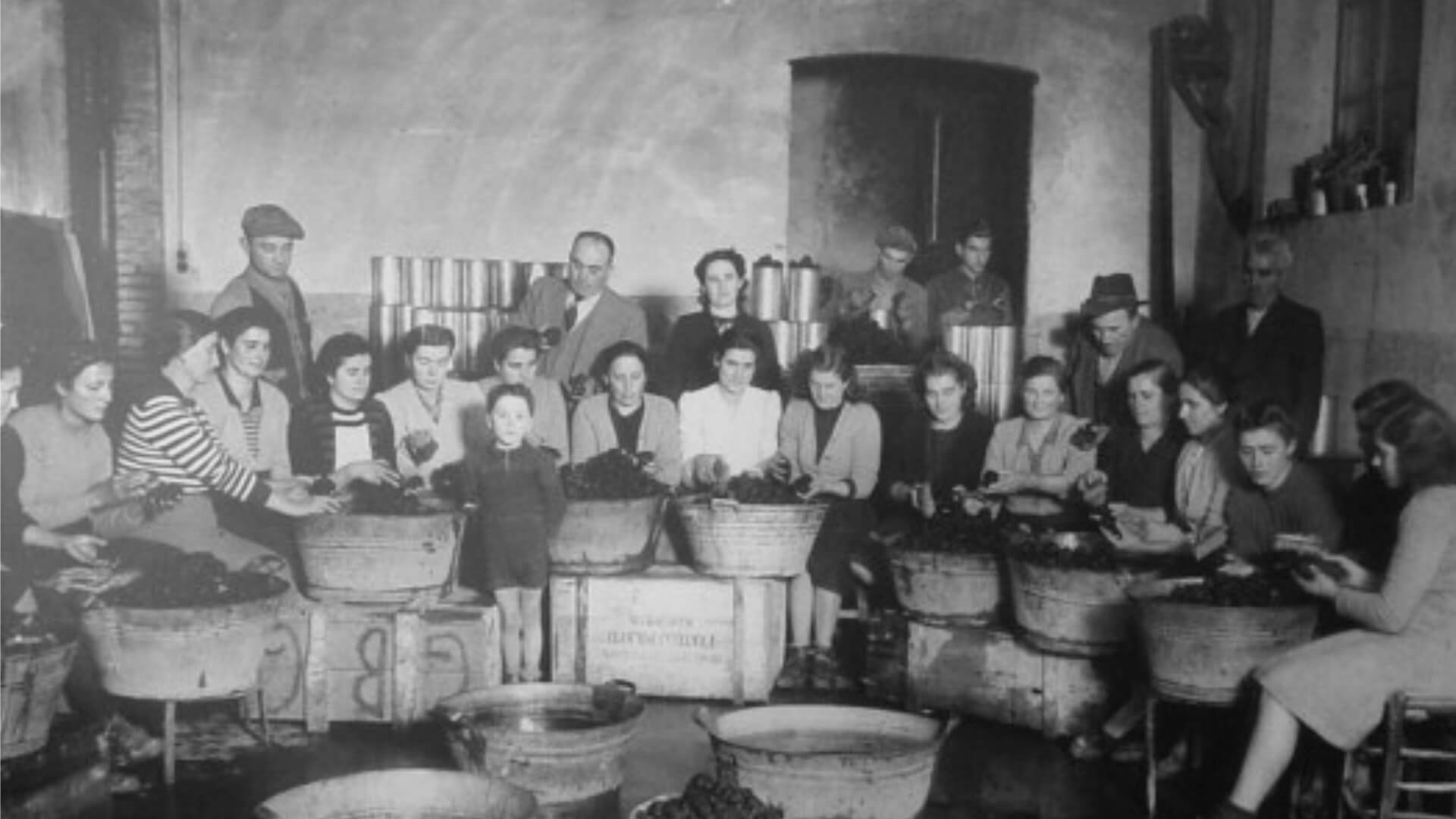
UP TO THE BEGINNING OF THE 20TH CENTURY
In the 18th century, the Count of Borch published an article on truffles entitled “Lettres sur les truffes du Piemont”, while Vittorio Pico in 1788 described white truffle, and called it Tuber Magnatum.
But it was only in 1831 that the first scientific description of the hypogeal fungus appeared with Carlo Vittadini’s Monographia Tuberacearum.
In this book, the Italian botanist and mycologist described the many species of truffle, and that is why so many still bear his name (Tuber Melanosporum Vittad, Tuber Aestivum Vittad, Tuber Brumale Vittad etc..).
The publication of this book gave rise to the study of truffles, idnology (from the Greek hydnon), a science that is still active today.
After which we get to 1929 and the dominant figure in the truffle world: Giacomo Morra.
The well-known hotelier and restauranteur from Alba had the brilliant idea of making the white truffle (which he himself named the “Alba Truffle”) an object of international acclaim, with the creation of an event of both tourist and gastronomic interest focusing on the precious fungus.
He also had the idea of sending a truffle to a famous person every year. For example, US President Harry Truman in 1951, British Prime Minister Winston Churchill in 1953, sports star Joe Di Maggio and the American actress Marilyn Monroe in 1954.
